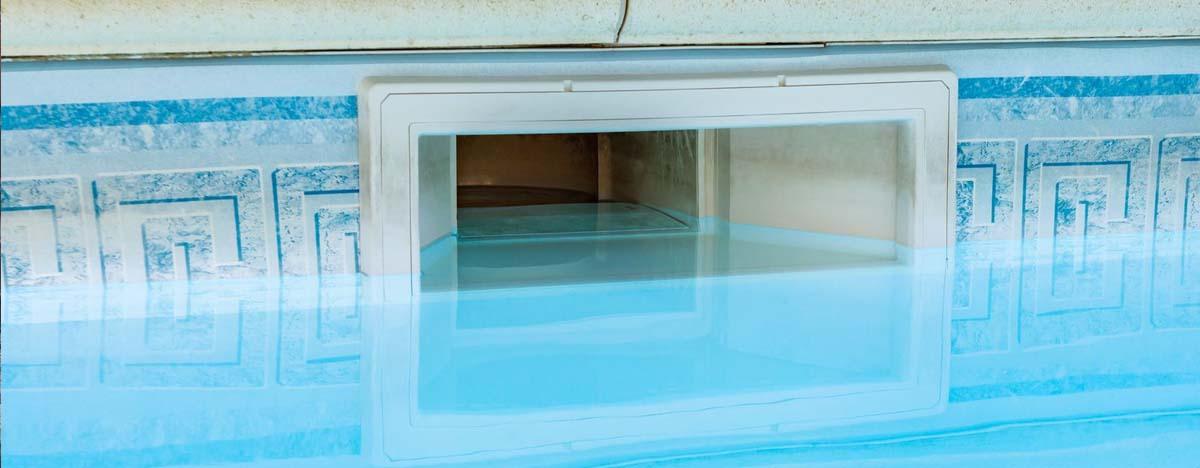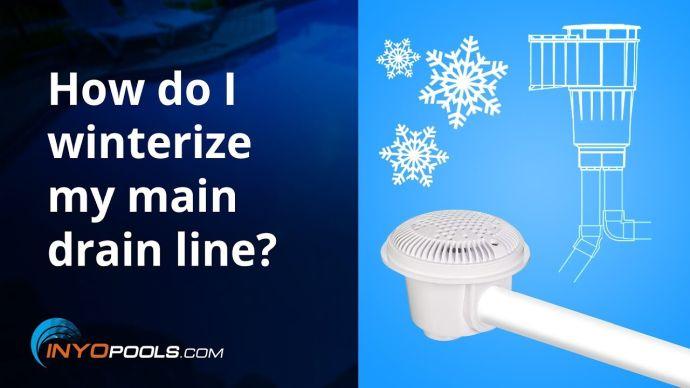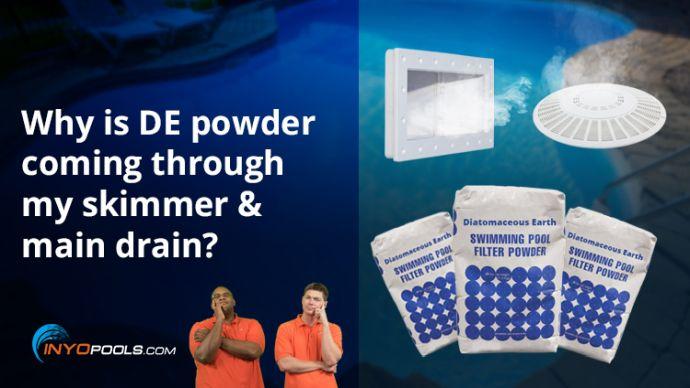
Pool Skimmer / Drain
Troubleshooting
Resources for fixing your Skimmer / Drain problems.

Tip: Regular maintenance of your pool skimmers and drains is vital for effective water circulation and debris removal. Frequently check the skimmer basket and clean it out to prevent clogs, which can hinder water flow and strain your pump. Inspect the drain covers for cracks or damage, and ensure they are securely in place for safety. Keeping your skimmers and drains clean and functional helps maintain a crystal-clear pool, enhances water quality, and reduces the risk of costly repairs.
Common Skimmer / Drain Problems
Click on a symptom that you are experiencing…
Skimmer Weir Door Sticking
Problem:
A sticking skimmer weir can disrupt the water flow and filtration process in your pool, leading to ineffective skimming of debris and potential water quality issues. This problem often arises from debris buildup, improper installation, or mechanical issues with the weir itself.
Action Items:
- Clean the Weir and Surrounding Area: Inspect the weir for any debris, algae, or buildup that may be causing it to stick. Clean both the weir and the area around it thoroughly to ensure smooth operation.
- Check for Proper Installation: Ensure that the skimmer weir is installed correctly and is not misaligned. If it is not positioned properly, it may not open and close as intended.
- Lubricate Moving Parts: Apply a silicone-based lubricant to the hinge or pivot points of the weir to help it move freely. Avoid petroleum-based products that could damage pool components.
- Inspect for Damage: Check the weir for cracks or damage that may be causing it to stick. If damaged, consider replacing it with a new one to restore proper function.
- Adjust Water Levels: Ensure that the water level in the pool is appropriate. A low water level can cause the weir to stick or not function correctly.
- Test for Mechanical Issues: If the weir continues to stick, there may be a mechanical issue within the skimmer assembly. Inspect the skimmer for any problems that may require repair or replacement.
Ineffective Skimming
Problem:
Ineffective skimming can lead to debris accumulation on the surface of your pool, affecting water clarity and overall hygiene. This issue can arise from several factors, including clogs, improper water flow, or malfunctioning components within the skimmer.
Action Items:
- Check the Skimmer Basket: Inspect and clean the skimmer basket to ensure it is not clogged with debris. A full basket can restrict water flow, leading to ineffective skimming.
- Clear the Skimmer Lines: Ensure that the skimmer lines are clear and free of obstructions. Use a plumbing snake or similar tool to clear any clogs in the skimmer line if needed.
- Adjust Water Levels: Verify that the water level in your pool is adequate. If the water level is too low, the skimmer may not function properly. Maintain the water level about halfway up the skimmer opening.
- Inspect the Skimmer Weir: Check that the skimmer weir is functioning properly and not sticking. A stuck weir can prevent water from flowing into the skimmer effectively.
- Evaluate Pump Performance: Ensure that your pool pump is functioning correctly. A pump that is underperforming may not create sufficient suction to pull water and debris into the skimmer.
- Examine Pool Equipment: Inspect all pool equipment, including hoses and fittings, for leaks or damage that could affect water flow to the skimmer.
- Consider Skimmer Design: If you frequently experience ineffective skimming, consider the design of your skimmer. Some pools may benefit from upgrading to a larger or more efficient skimmer.
Clogged Skimmer Lines
Problem:
Clogged skimmer lines can significantly hinder your pool’s filtration system, leading to poor water circulation and reduced skimming efficiency. This issue often occurs due to debris buildup, such as leaves, dirt, and algae, which can obstruct the flow of water from the skimmer to the pump.
Action Items:
- Inspect the Skimmer Basket: Begin by checking the skimmer basket for any debris that could be blocking the flow. Remove and clean the basket regularly to maintain optimal water flow.
- Use a Plumbing Snake: If you suspect a clog in the skimmer line, use a plumbing snake or a specialized pool line cleaning tool to clear the obstruction. Insert the snake into the skimmer line to dislodge any buildup.
- Flush the Lines: Consider flushing the skimmer lines with water. You can use a garden hose to send water into the line and help clear any blockages. Ensure the water pressure is gentle to avoid damage.
- Evaluate the Pump: Ensure that your pool pump is functioning correctly and providing adequate suction. If the pump is underperforming, it may not be able to draw water through the skimmer lines effectively.
Clogged Main Drain
Problem:
A clogged main drain can disrupt your pool’s circulation and filtration, leading to poor water quality and potentially causing damage to your pool equipment. This issue often arises from debris accumulation, such as leaves, dirt, or hair, blocking the drain and hindering water flow.
Action Items:
- Inspect the Drain Cover: Examine the main drain cover for any visible debris or blockages. Remove any accumulated dirt or leaves to improve water flow.
- Use a Plumber’s Snake or Vacuum: If you suspect a clog deeper in the main drain line, use a plumber’s snake or a pool vacuum with a skimmer attachment to dislodge any debris. Insert the tool gently into the drain to avoid damaging the line.
- Flush the Main Drain Line: If the clog persists, consider flushing the main drain line with a garden hose. Direct water into the drain to help push out any obstructions.
- Inspect for Damage: Look for any visible damage or cracks in the main drain line that could be contributing to the clog. If you find any issues, you may need to repair or replace the damaged sections.
- Check the Pump and Filter System: Ensure that your pool pump and filtration system are working correctly. A malfunctioning pump may struggle to draw water from the main drain, exacerbating the clogging issue.



